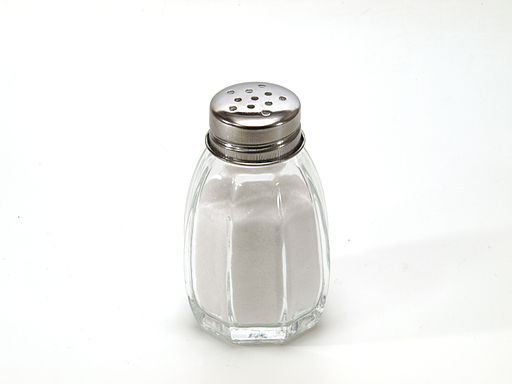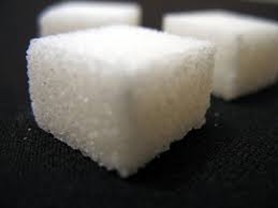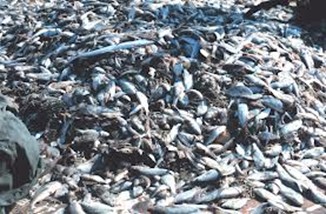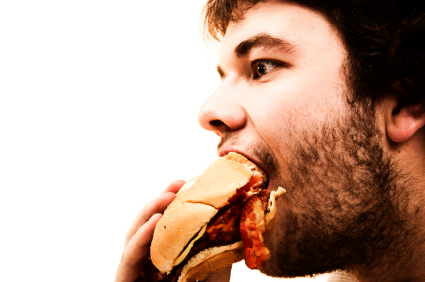“Stomach share” is probably not a phrase you’re familiar with – but it’s the holy grail of industrial food makers. It means how much of YOUR stomach they can fill with THEIR products.
Walter Willett, a nutrition expert from Harvard whom I’ve admired for years, calls it “the transition of food to being an industrial product.” That’s right, we’re being sold industrial products to put in our mouths.
According to Michael Moss, whose new book Salt Sugar Fat is justifiably causing a sensation, one industry insider, who must be credited with some awakening consciousness about industrial food’s role in obesity, said at a secret top-level executive meeting, “We have to make a sincere effort to be part of the solution.” (location 179 of 7341). But another company CEO retorted with hostility and the others kept their mouths shut. Thus ended an opportunity 1999 for the food makers to reform themselves.
Moss began his quest after a 2009 peanut salmonella factory killed 8 people and sickened 19,000 in 43 states and a tainted meat shipment paralyzed a dance teacher and sickened hundreds. He was stonewalled – not by the meat industry but by the USDA, which refused to release basic information. After detective work – for which we must all be grateful – Moss found that slaughterhouses protected themselves from scrutiny by requiring big industrial hamburger makers to delay safety testing until these slaughterhouses’ products had been stirred together with the products of other slaughterhouses, thus effectively destroying information about what police call the “chain of custody.” (location 271)
These are just a few of the jaw-dropping discoveries Moss made. If you know anyone who eats manufactured food, do them a favor and give them this book.
Personally, I would like to know what these industry executives eat at their business lunches – and what they feed their children.





